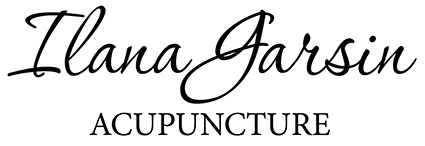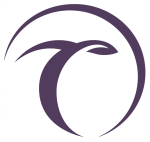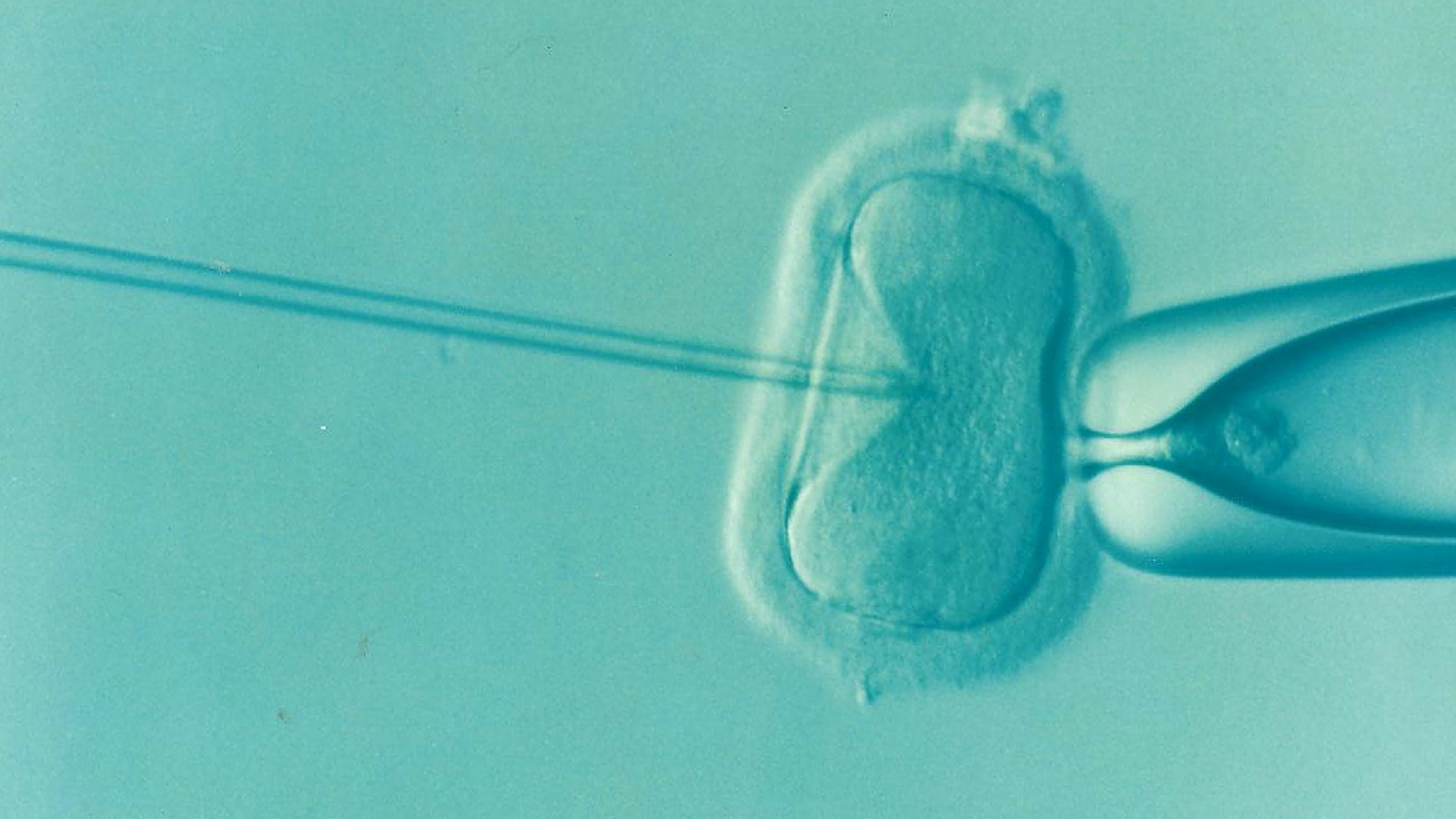IVF is a great tool to improve pregnancy success rates by increasing the amount of eggs produced and correcting any pre implantation issues. Unfortunately, it is unable to greatly influence the endometrium or egg quality.
This is where acupuncture can lend a helping hand working alongside IVF, by improving endometrial thickness and egg quality, increasing success rates of IVF where IVF alone fails.
Acupuncture is now one of the most commonly used adjunctive therapy to IVF. In addition to increasing success rates, it can also be useful in helping support couples emotionally and physically through this challenging journey. It can be used to reduce stress and the side effects of hormonal IVF treatment. Whilst acupuncture works to aid implantation rates and subsequent healthy pregnancy in IVF, IUI and donor egg cycles can also be supported in a similar way.
I work to integrate the benefits of Traditional Chinese Medicine (TCM) with your doctor’s Assisted Reproductive Therapies (ART). Together, we will work towards your goal: a healthy pregnancy and birth. All together, TCM will work to get your body into a healthier and more balanced state which will better lend itself to conception throughout your IVF cycle.
Timeline of Acupuncture through your IVF journey
The following gives an idea of the ideal timings of acupuncture treatment, when used alongside IVF treatments. These treatments work together to enhance the function of the uterine environment, in order to improve the likelyhood of successful implantation. The healthy function of the uterine environment is, in Chinese medicine, reflected through the nature of the menstrual flow, which ideally should be bright red, free flowing and without pain or clotting.
Stage 1 – Pre IVF
Acupuncture 3-6 months before commencing IVF, gets the body to its optimum health. It works to regulate the menstrual cycle, support efficient and regular ovulation and optimise hormone levels. This ensures the release of the best possible eggs and the development of the best possible implantation environment. IVF clinics increasingly use FSH levels as an acceptance criteria for patients looking to start IVF. Acupuncture can be useful in lowering this level if it is too high to allow treatment to start.
Stage 2 – Down-regulation (Long protocol) or before the period (short protocol)
During down-regulation, the menstrual cycle is on pause, so that the ovaries can be controlled with stimulation drugs. This can cause the period to be delayed, be lighter or to not come at all. At this point acupuncture treatment is focused on ensuring an efficient elimination of the womb lining. Allowing the best opportunity to develop a fresh, healthy and thick lining with good blood flow.
Treatment may also be used at this stage to reduce the potential side effects of down-regulation such as headaches or hot flushes.
If you are on the short protocol (and are not taking down-regulation medication), the principle is exactly the same – to try to achieve the best possible clear out of the old lining to make way for the new.
Stage 3 – The stimulation phase
During the stimulation phase follicles start to develop in the ovaries and the uterus lining starts to build up again. Treatment at this time continues to optimise the quality and function of the womb lining, helping it both thicken and have a good blood supply. Typically patients are seen twice during this phase and if there is any specific issues such as thin endomtretrium, blood-clotting disorders, or very dark clotted menstrual flow, an additional treatment may be given during this phase
Stage 4 – Embryo Transfer
This is the time that many patients have heard of the use of acupuncture and that much of the research focuses on. Acupuncture is performed as soon as possible before and after the embryo transfer. This is to increase blood flow to the uterus lining in order to increase receptivity, and to reduce any uterine contractions or spasms that may occur due to the transfer procedure itself.
At this point treatment also works to regulate stress hormones, which affect implantation, reduce anxiety and calm the mind.
Stage 5 – The 2 week wait
Although there is little evidence that having acupuncture during the “two week wait” increases implantation rates, this is a very stressful period for many couples, and if anxiety levels are high, acupuncture may be used to help relax during this time.
Ideally, once a positive result has been achieved, treatment until week 12 of the pregnancy is recommended in order to maintain balance and ensure the pregnancy progresses smoothly.
The most well known study of acupuncture and ART was a German study published in the April 2002 issue of Fertility & Sterility. This study showed that using acupuncture on the same day as IVF embryo transfer, both before and after the transfer, increased success rates to 42.5% (success rate for the control group not receiving acupuncture was 26.3%). Combining the high -tech power of modern ART with the holistic wisdom of centuries of CM, one makes use of the best of both worlds. Numerous studies show the combination of Chinese and Western Medicine, is in many cases, superior to either alone. THE BEST OF BOTH WORLDS !
Research
Manheimer E, Zhang G, Udoff L, et al. Effects of acupuncture on rates of pregnancy and live birth among women undergoing in vitro fertilisation: systematic review and
meta-analysis. BMJ 2008;336(7643):545-549.
Anderson BJ, Haimovici F, Ginsburg ES, Schust DJ, Wayne PM, In vitro fertilization and acupuncture: clinical efficacy and mechanistic basis. Altern Ther Health Med. 2007
May-Jun;13(3):38-48
Paulus W. et Al., Influence of acupuncture on the pregnancy rate in patients who undergo assisted r e – productive therapy. Fertility and Sterility 2002; 77, 721-724
Stener-Victorin, E. et Al., Reduction of blood flow impedence in the uterine arteries of infertile women with electro-acupunctur e . Human Reproduction Journal 1996; 11( 6)
Westergaard LG , Mao Q , Kr ogslund M, Sandrini S , Lenz S, Grinsted J. Acupuncture on the date of em – bryo transfer significantly improves the reproductive outcome in infertile women: a prospective, random- ized trial. Fertil Steril 2006;85: 1341-6.


